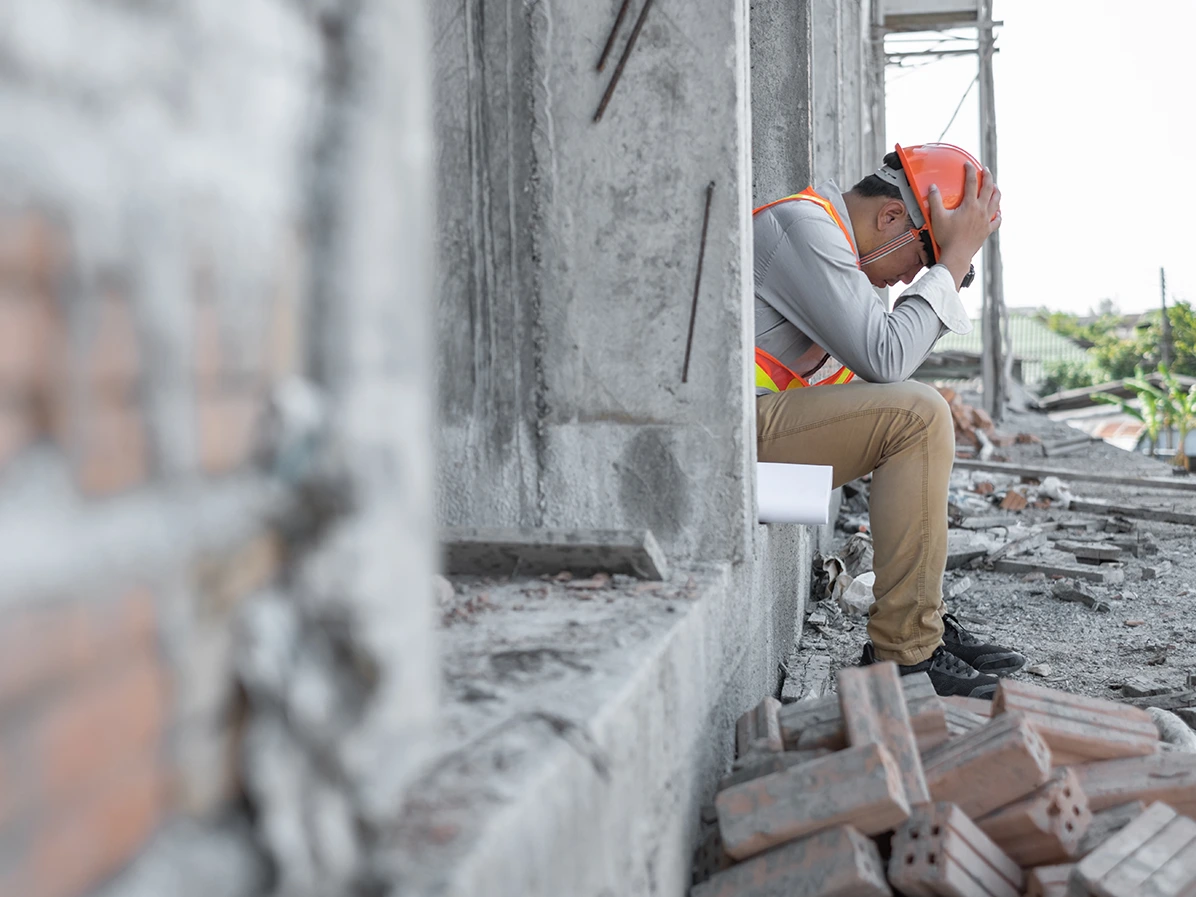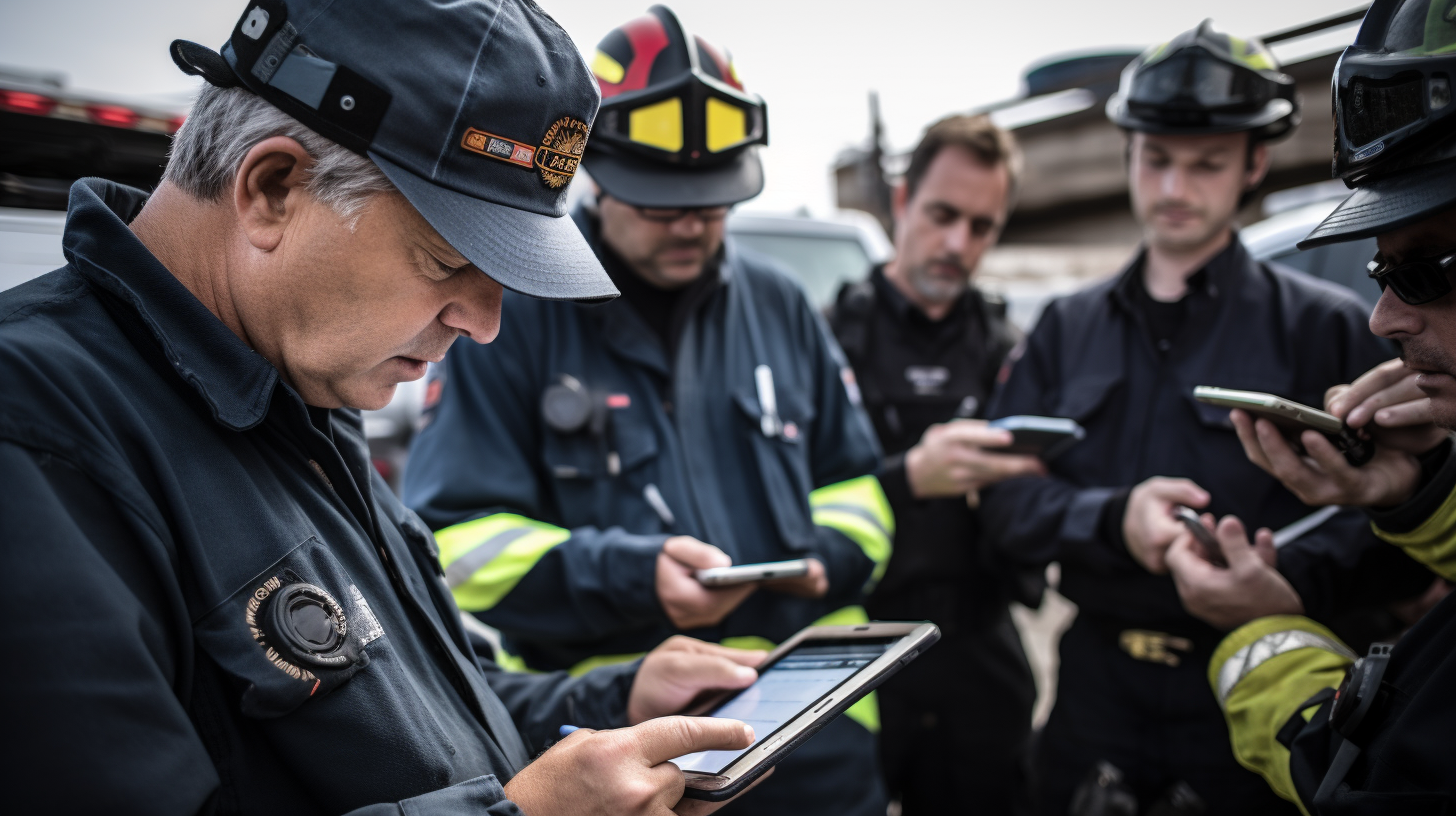BLOG

An Introduction to Human and Organizational Principles (HOP) in EHS
6 November 2025 - Team Evotix
Despite major advancements in safety programs, technology and regulations, workplace injuries and fatalities continue to occur at a troubling rate. The number of fatal workplace injuries have..

A Look at OSHA’s Top 10 Most Cited Violations of 2025
16 October 2025 - Team Evotix
The time has come once again for the Occupational Safety and Health Administration (OSHA) to release their list of the top 10 most frequently cited health and safety violations of the year. This..

What Does It Mean to Fail Safely? Reframing Health and Safety Failures
25 September 2025 - Langdon Dement
When we hear the word failure, we have been conditioned to assume something negative. But when it comes to health and safety, are we doing more damage than good when we buy into failure’s bad..
%20copy.png)
The Risk Assessment Playbook: Steps, Tools and Best Practices
18 September 2025 - Team Evotix
Every workplace comes with its share of risks. Without a structured approach, hazards can go unnoticed until they cause real harm to people or operations. This is where risk assessments come in.

CARB’s New SB 253 & SB 261 Guidance: What ESG and Sustainability Leaders Need to Know
18 September 2025 - Catryna Jackson
California has officially raised the stakes for corporate climate accountability. With the release of new guidance in July and August 2025, the California Air Resources Board (CARB) has clarified the..

Reducing the Serious Injury and Fatality (SIF) Rate: 7 Strategies for Success
11 September 2025 - Langdon Dement
The workplace total recordable incident rate (TRIR) plateauing over the past decade brings much to celebrate for EHS professionals. Yet, behind this progress lies a troubling reality: serious injury..

Designing a Robust ESG Strategy for Long-Term Success
4 September 2025 - Catryna Jackson
Having a strong ESG (environmental, social and governance) strategy in place can help differentiate your organization from competitors as well as contribute to a safer and healthier world. In this..

The Ultimate Guide to EHS: What It Means and Why It Matters
3 September 2025 - Team Evotix
Every person has a right to work in a safe and fulfilling environment. The cost of poor safety is high: behind every safety-related statistic is a name and family. Whether you're a frontline..

Understanding Psychosocial Risks in Workplace Safety
21 August 2025 - Team Evotix
Workplace safety is placing an increasing emphasis on psychosocial risks and hazards. Notably, factors like job stress and burnout have emerged as focal points, demonstrating direct links to employee..
